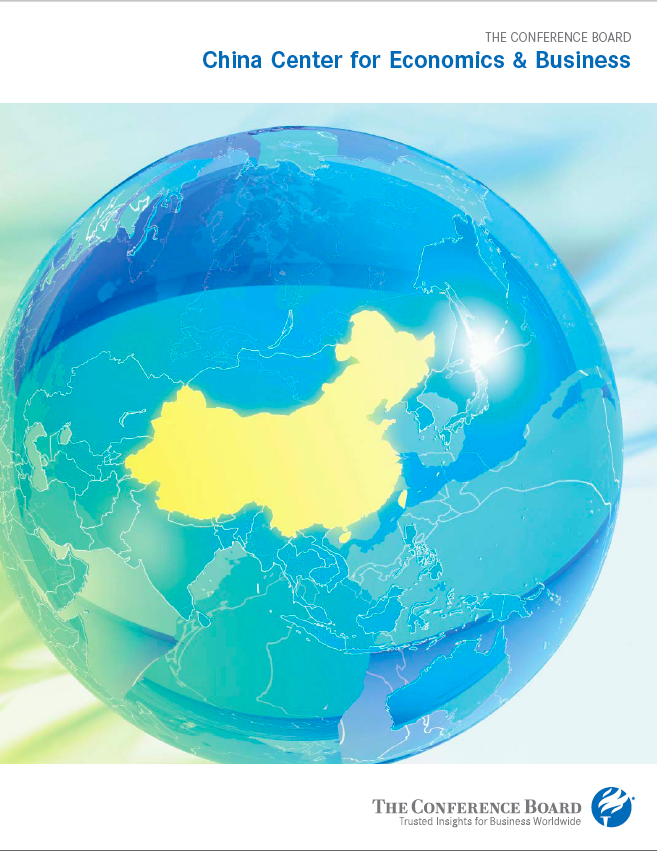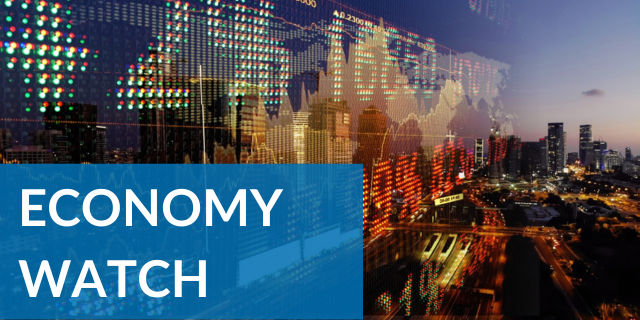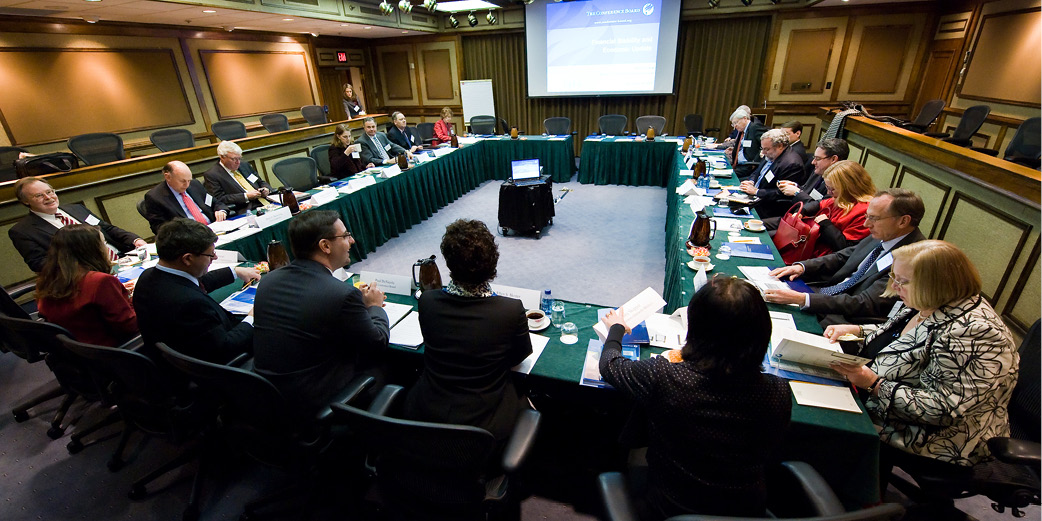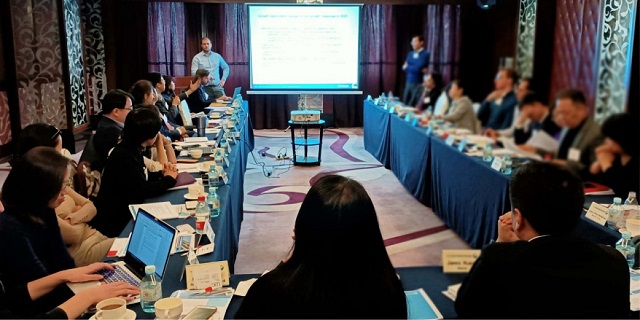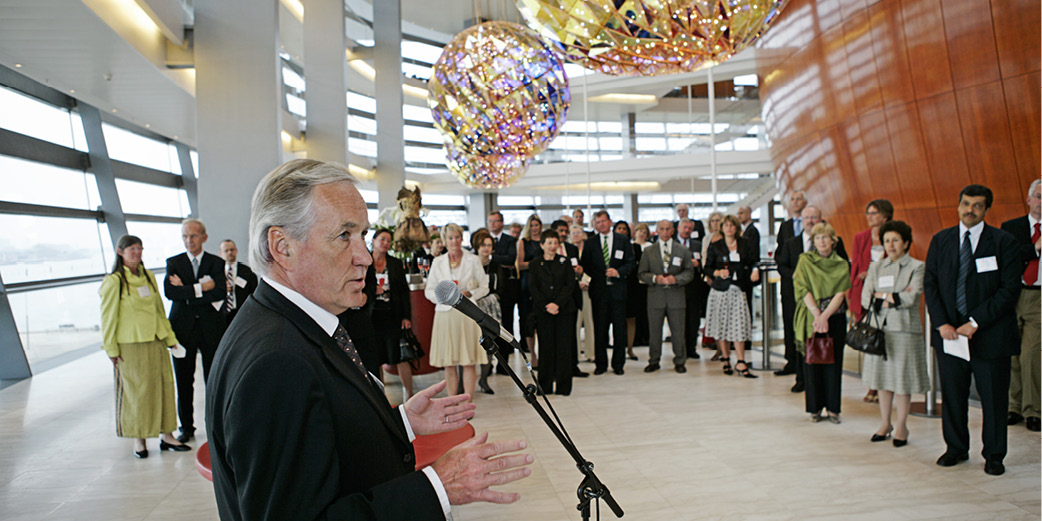This China Center members-only report provides interpretive comments on The Conference Board Leading Economic Index® (LEI) and The Conference Board Coincident Economic Index® (CEI) for China.
The LEI for China increased by 0.3 percent in September from the previous month, well down from August’s 1.7 percent increase. Following an acceleration of the LEI in August, which was due almost exclusively to a large jump in real estate activity, the slowdown of this month was due to a pullback in the real estate sector. This came as a surprise during a month that is typically a seasonal high point for real estate sales.
- While other indicators across the board continued to level out, indicating that economic growth should stabilize somewhat, the quick reversal in the real estate market underscores the difficulty of achieving a sustained expansion in China at this time.
- Credit expansion continued to add upward movement to the LEI in September, as monetary policy remains relatively loose and the PBoC has stepped up liquidity management by infusing record cash amounts into the banking system. Additionally, credit growth outside of the formal banking system was particularly strong in September. This development bodes well for the revival of credit demand (and thus increased economic activity) but will exacerbate strains in the already fragile financial system, and further erode the effectiveness of monetary policy if the trend continues.
- Other indicators, from consumer sentiment, to manufacturing, and even exports saw slight increases in the month, bolstering our expectation that growth may begin (or perhaps already has begun) to pick up moderately in the near-term. However, as highlighted above, the acceleration will remain fragile, and potentially short-lived – particularly if administrative measures in the real estate market continue to suppress investment.
- Increased infrastructure spending looks to be underpinning growth, but the share of that type of capital formation in overall fixed asset investment remains relatively small. To create a stronger acceleration, the manufacturing and industrial sectors will be required to resume investing – after running down inventories and cleaning up balance sheets, which will take time – and both sectors must begin to achieve much higher productivity of capital.
- Furthermore, medium-term imperatives to shift away from investment toward consumption remain. Economic activity may pick up a bit in the short term, but overall the downward trend in growth appears intact. Our current real GDP growth projection for China in 2013 is 6.9 percent, much lower than many other forecasts.
